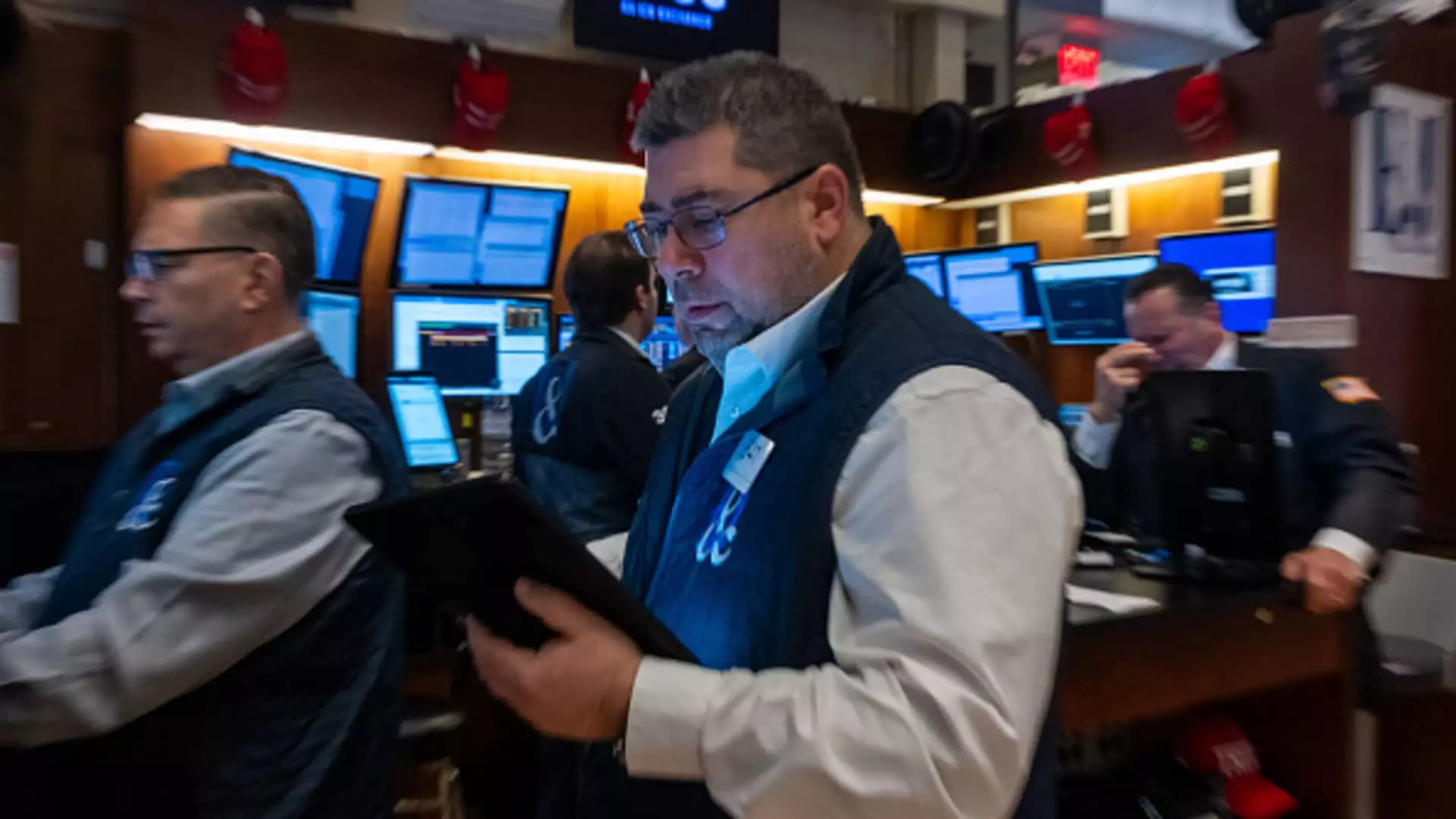In recent years, the exchange-traded fund (ETF) market has undergone significant transformations, particularly in how investors engage with leveraged and inverse ETFs. As market conditions fluctuate, a notable trend has emerged: a growing number of investors are making dramatic bets, both long and short, fueled by increased volatility and speculative behaviors. These specialized ETFs designed to amplify the performance of indices, or to reverse their moves, offered investors intricate methods to navigate the treacherous waters of short-term trading.
Leveraged ETFs are engineered to amplify an index’s returns, meaning that if a benchmark rises by 1%, a 2x leveraged ETF could yield a staggering 2% return. Conversely, inverse ETFs aim to profit from declines in their underlying indices; if the S&P 500 spikes by 1%, a 2x inverse ETF would drop by 2%. Such dynamics have fascinated a growing army of traders, predominantly retail investors seeking quick returns amidst a turbulent investment landscape.
The current investment climate has seen the rise of speculative trading in various assets, including cryptocurrencies and options, steering many investors toward leveraged/inverse ETFs. Douglas Yones, CEO of Direxion, underlines this shift, noting that many investors are increasingly using these products to express short-term market opinions. This trend reflects an overarching sentiment in the market characterized by unpredictability and daily headlines that dramatically sway investor sentiment.
The launch of leveraged and inverse ETFs in the United States traces back to 2006, enabling capitalists to place bets on popular indices like the S&P 500 and Nasdaq 100. Recently, the introduction of single-stock leveraged ETFs has sparked further interest, especially as assets in these funds surged—a testament to the high-risk appetite seen among traders in 2022 and beyond.
While the allure of high returns from leveraged and inverse ETFs is clear, the underlying mechanics can be complicated and potentially treacherous. These ETFs are designed to reset their leverage on a daily basis, creating a unique phenomenon known as “compounding.” This means that the actual return on investment can deviate significantly from perceived returns over extended periods.
Consider this scenario: If the S&P 500 gains 10% one day and loses 10% the following day, an investor holding a standard fund would recover close to their initial investment. However, a 2x leveraged fund in the same timeframe would produce unexpected results due to the daily reset nature. The investment would not simply halve after the loss; it could result in a compounded loss, showcasing the risks inherent in these products.
To frame the current landscape, the growth of leveraged and inverse ETFs has correlated with a significant rise in the assets under management (AUM) in the ETF market. Reports indicate that while ETFs totaled around $2 trillion AUM in 2016, the current figure has soared to a staggering $11 trillion, with leveraged/inverse ETFs making up nearly $81 billion, or 8%, of this total. This notable growth is further compounded by the influx of retail investors who are increasingly comfortable trading through mobile platforms, reflecting a generational shift in investment strategies.
As retail traders have embraced these products, it is estimated that around 75% of ownership in leveraged/inverse ETFs comes from this segment. The appeal lies not only in potential returns but also in accessibility; many young traders seek leverage as a means of capitalizing on the perceived advantages of quick investing, driving up trading volumes and asset inflows.
As the trading landscape becomes ever more crowded with speculative products, market experts urge caution. Todd Sohn from Strategas emphasizes the necessity for awareness of the risks associated with these leveraged investment vehicles. Despite their popularity and potential for high returns, the reality of compounding effects means that they are not suitable for buy-and-hold investors.
Investors in leveraged funds are encouraged to closely monitor their portfolios and acknowledge the inherent volatility that comes with these ETFs. While many recognize the risks, understanding the full spectrum of potential outcomes, particularly during adverse market shifts, is crucial for long-term success.
As the market continues to evolve and retail participation rises, leveraging financial products will remain a compelling, albeit risky, strategy for those willing to navigate its complexities. Understanding the underlying mechanics and maintaining vigilance will be key as these dynamic financial instruments shape the future of the trading landscape.

